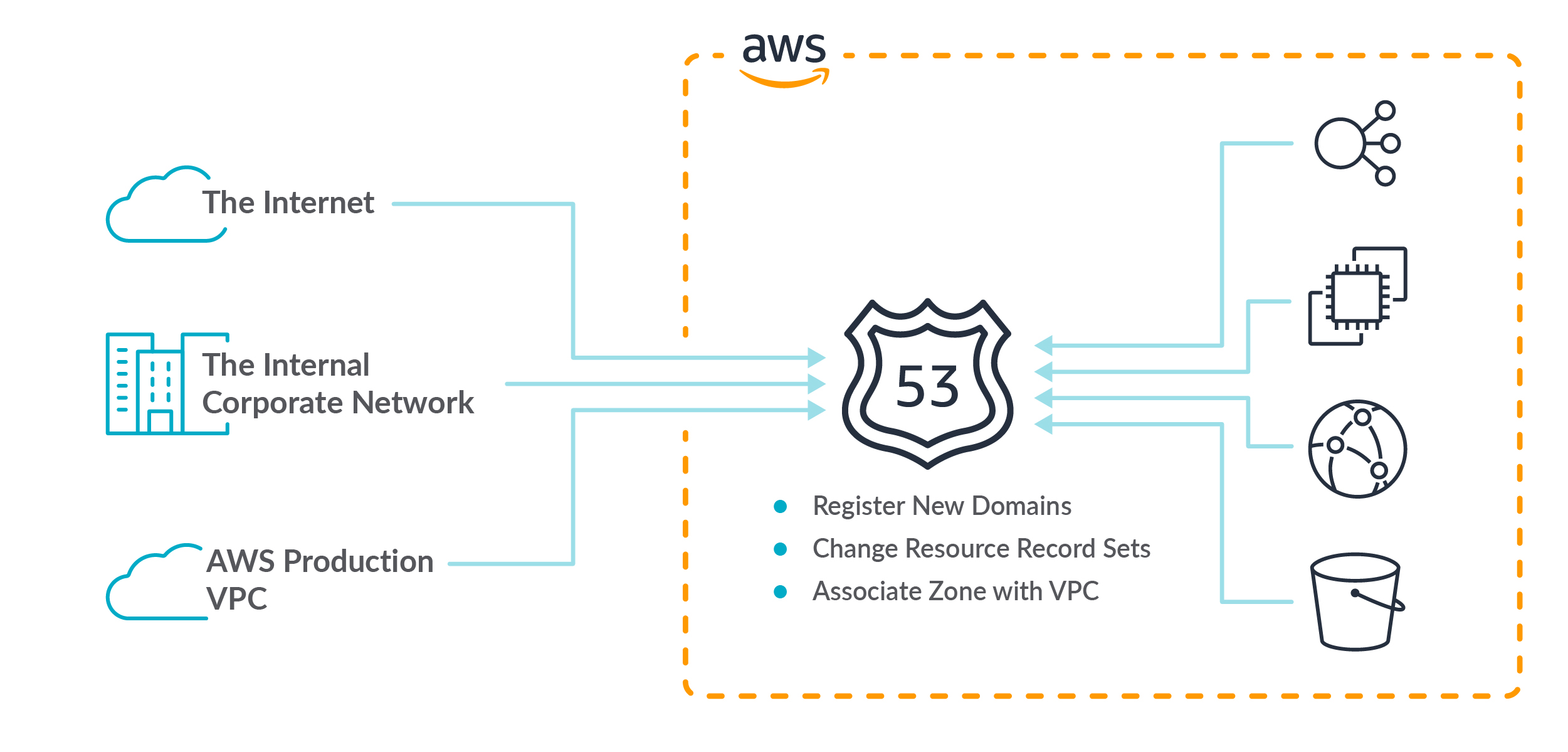What is Route53 in AWS and its Use Cases?
 Jaswanth kumar
Jaswanth kumar
🔶 Amazon Route 53 is a highly available and scalable cloud Domain Name System (DNS) web service.
🔶 It is designed to give developers and businesses an extremely reliable and cost-effective way to route end users to Internet applications by translating human readable names, such as www.example.com, into the numeric IP addresses, such as 192.0.2.1, that computers use to connect to each other. Amazon Route 53 is fully compliant with IPv6 as well.
🔶 Amazon Route 53 effectively connects user requests to infrastructure running in AWS—such as
◾ EC2 instances
◾ Elastic Load Balancing load balancers, or
◾ Amazon S3 bucket
and can also be used to route users to infrastructure outside of AWS.
🔶 You can use Amazon Route 53 to configure DNS health checks to route traffic to healthy endpoints or to independently monitor the health of your application and its endpoints.
🔶 Amazon Route 53 traffic flow makes it easy for you to manage traffic globally through a variety of routing types, including
latency-based routing, Geo DNS, and weighted round robin—all of which can be combined with DNS Failover in order to enable a variety of low-latency, fault-tolerant architectures.
🔶 Using Amazon Route 53 traffic flow’s simple visual editor, you can easily manage how your end users are routed to your application’s endpoints—whether in a single AWS Region or distributed around the globe.
🔶 Amazon Route 53 also offers Domain Name Registration—you can purchase and manage domain names such as example.com and Amazon Route 53 will automatically configure DNS settings for your domains.
Subscribe to my newsletter
Read articles from Jaswanth kumar directly inside your inbox. Subscribe to the newsletter, and don't miss out.
Written by

Jaswanth kumar
Jaswanth kumar
I have been working as a DevOps engineer @TESCRA for an Airlines Client. Mainly on Platform Engineering and Application logging and monitoring end